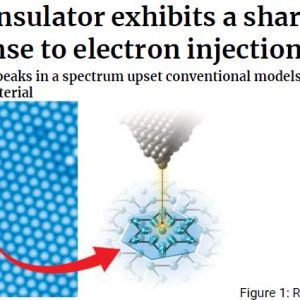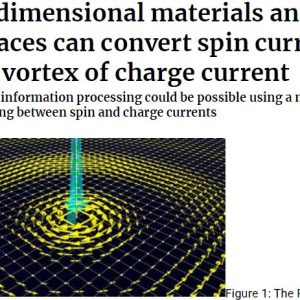
Friction-Stir Processing
₩4,000
Friction-stir processing (FSP) is an emerging surface-engineering technology that
can locally eliminate casting defects and refine microstructures, thereby improving
strength and ductility, increase resistance to corrosion and fatigue, enhance
formability, and improve other properties. FSP can also produce fine-grained
microstructures through the thickness to impart superplasticity. The technology
involves plunging a rapidly rotating, non-consumable tool, comprising a profiled pin
and larger diameter shoulder, into the surface and then traversing the tool across the
surface. Large surface areas can be traversed rapidly by using the appropriate tool
design accompanied by rastering. Frictional heating and extreme deformation occurs
causing plasticised material (constrained by the shoulder) to flow around the tool and
consolidate in the tool’s wake. FSP zones can be produced to depths of 0.5 to
50mm, with a gradual transition from a fine-grained, thermodynamically worked
microstructure to the underlying original microstructure.
FSP has been applied to Al, Cu, Fe, and Ni-based alloys with resulting property
improvements. Details of the benefits and limitations of FSP, along with examples of
current and potential applications are presented below. Some examples of benefits
include (1) a doubling of strength of cast nickel-aluminium-bronze, (2) a five-fold
increase in ductility of Al alloy A356, (3) increased fatigue life by friction stir
processing the surface of fusion welds, (4) depending on the microstructure, a 3 to
20 times increase in the corrosion resistance of a Cu-Mn alloy, and (5) bending of 25
mm thick 2519 Al plate to 85° at room temperature without surface cracking. The
additional advantages of low-plasticity burnishing (LPB) following FSP, to change any
residual near-surface tensile stresses introduced by FSP to compressive residual
stresses, are also discussed.





상품평
아직 상품평이 없습니다.